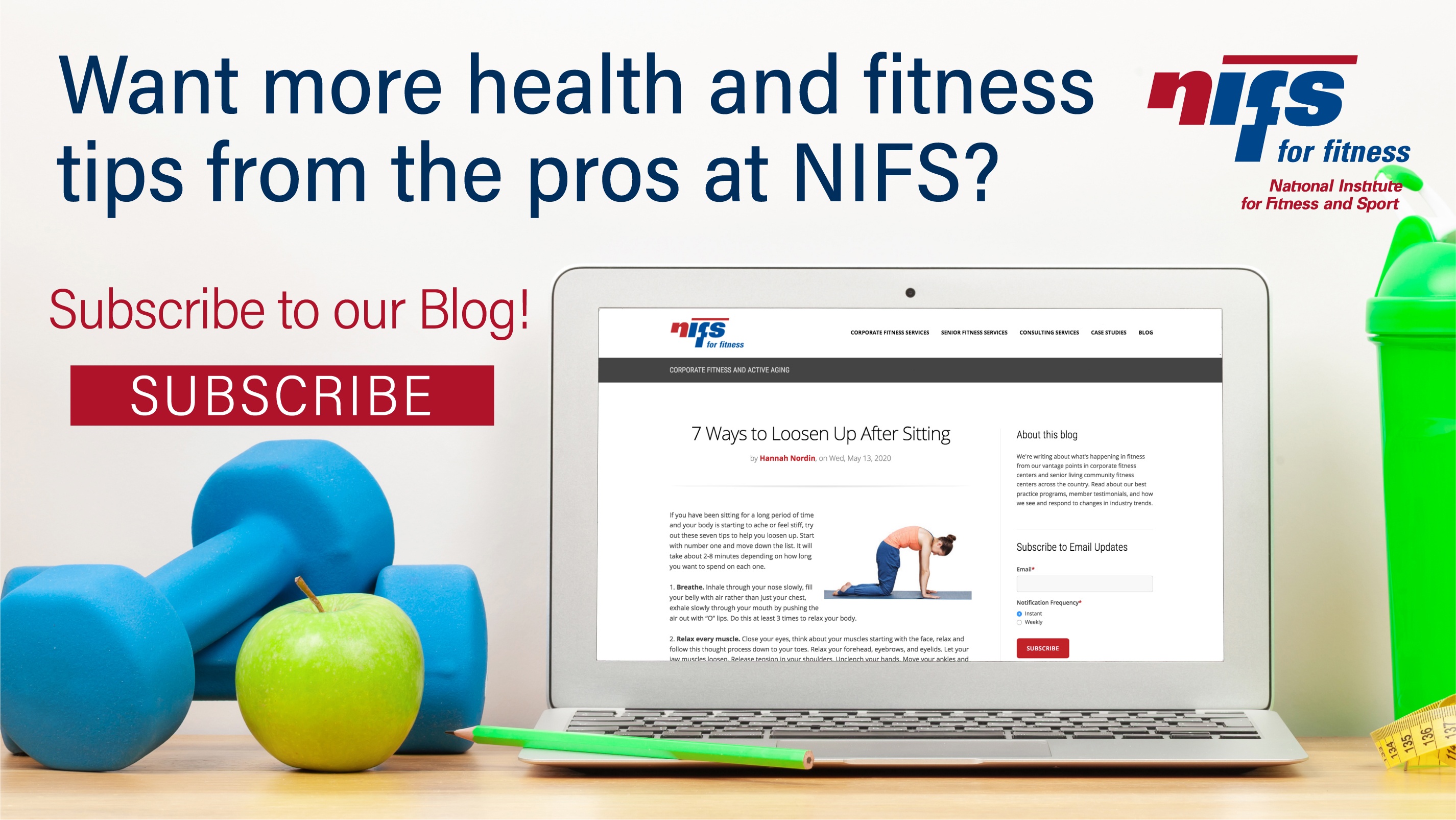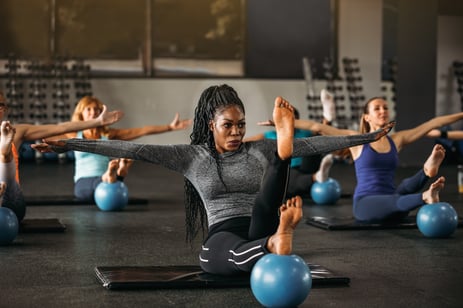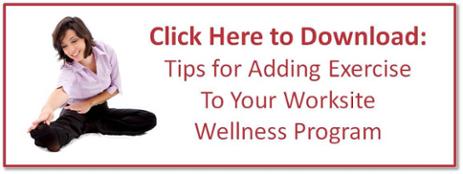Starting your fitness journey can be intimidating, but it doesn’t have to be complicated. The key is to start with the right mindset, focus on the fundamentals, and to build long-lasting habits. Fitness isn’t a quick fix; it’s a long-term commitment to yourself that takes time but comes with great rewards when done properly. Setting S.M.A.R.T. goals (Specific, Measurable, Attainable, Realistic, and Timely) can help you stay focused and motivated throughout your journey.
 Individuals can get held up by the numbers on the scale, and for good reasons, but it's also important to consider the changes in mood, energy, and strength along the way. These changes are often overlooked, yet they are often the first signs of progress and can be just as important as the numbers on the scale.
Individuals can get held up by the numbers on the scale, and for good reasons, but it's also important to consider the changes in mood, energy, and strength along the way. These changes are often overlooked, yet they are often the first signs of progress and can be just as important as the numbers on the scale.
When it comes to exercise, keep things simple. Having a balanced routine of strength training to develop muscle and support bone and joint health, include cardio to improve heart health and endurance, and flexibility and mobility work to keep the body moving and reduce risk of injury. Fancy equipment or advanced techniques aren’t necessary in the beginning; start with the fundamentals and build from there. For example, begin with a bodyweight squat, and once you feel comfortable with form and technique, add resistance with a kettlebell or a dumbbell. Once you understand the basics, there are plenty of progressions to keep progress moving upward.
Burnout, overtraining, and injuries are important things to avoid when starting out. These issues are common among beginners, but even experienced athletes can fall into the same trap. The good news is that they’re preventable. When you begin a new routine, it’s always better to start slow and build gradually. Your body needs time to adapt to the new stressors that exercise places on it, and pushing too hard too soon increases the risk of overtraining and injury. A smart starting point could be 20-30 minutes per session, 2-3 days/week. Focus on proper form; it might feel repetitive at first, but mastering technique pays off. Good form not only makes your workouts safer, it also makes them more effective because you’re able to control your body and any external resistance with confidence.
Nutrition and exercise are important, having a solid foundation of both is important to reach the goals you have in place for yourself. Stick to balanced meals that include lean protein, complex carbs, healthy fats, and plenty of fruits and vegetables. Stay hydrated with water being your go-to drink. Avoid extreme diets, for example, having a regular daily calorie intake of 2,500 and cutting it down to under 1,500 overnight is often hard to maintain, unhealthy, and should be progressive if needed. For workout recovery, prioritize protein and carbs to replenish energy and support muscle repair.
You don’t need a gym membership to start. Although it can help with consistency, it’s not necessary when starting. Try simple bodyweight exercises like squats, push-ups, and planks. Add some low-impact cardio such as walking, cycling, or swimming. If you have access to dumbbells or resistance bands, basic strength movements like rows, lunges, chest press, and overhead press are all great options.
Consistency will be the secret to your success. Try to create a routine where workouts are around the same time and same day. Over time, these habits will turn into second nature. Also remember that fitness isn’t just about how you look; it's about feeling the improvement in your mood, energy, and sleep on a day-to-day basis.
As you begin your fitness journey, watch out for common mistakes. Be careful with overtraining, which can lead to burnout and injury, and avoid comparing your progress to others, it can be discouraging. Everyone is built differently, which makes everyone’s journey different and unique. Rest and recovery are just as vital to the workout itself because your body will need time to adapt to grow stronger.
Your Fitness journey is about progress, not perfection. Keep things simple, stay patient, and celebrate every small win along the way. The habits you build now will set the foundation for a healthier, stronger future.


 Everyone is always wanting to know what the top trends for health and fitness each year are and in 2023 we are seeing concepts we can get on board with and fully support! Check out these tops trends and why we support and encourage our corporate fitness center members to adapt these trends.
Everyone is always wanting to know what the top trends for health and fitness each year are and in 2023 we are seeing concepts we can get on board with and fully support! Check out these tops trends and why we support and encourage our corporate fitness center members to adapt these trends.
 When going through one’s fitness journey, there are often times when working out becomes repetitive and boring. When that feeling of monotony starts to take place it’s generally a good idea to find a way to spice up your training. You can do so by varying your intensities during training, which in many cases is a great idea. But another way to add some variety to your training is by simply substituting movements in on a cyclical basis. Let’s discuss why this is helpful and then talk about some ways to change up your routine.
When going through one’s fitness journey, there are often times when working out becomes repetitive and boring. When that feeling of monotony starts to take place it’s generally a good idea to find a way to spice up your training. You can do so by varying your intensities during training, which in many cases is a great idea. But another way to add some variety to your training is by simply substituting movements in on a cyclical basis. Let’s discuss why this is helpful and then talk about some ways to change up your routine. The first thing you want to do before building a workout plan is to start with the end in mind, what is your goal? Are you looking to lose weight, get stronger, increase flexibility, run a 5k? Once you figure out why you want to exercise it becomes easier to plan how frequency, duration, and what exercises you should do.
The first thing you want to do before building a workout plan is to start with the end in mind, what is your goal? Are you looking to lose weight, get stronger, increase flexibility, run a 5k? Once you figure out why you want to exercise it becomes easier to plan how frequency, duration, and what exercises you should do.
 As organizations are planning to reopen their offices in the weeks and months ahead, many questions are swirling around what the new office landscape will look like for both employers and employees. Some organizations are telling their employees if they can work from home full-time, they’d like for them to continue doing so permanently. Others can’t wait to return to normal office operations while also recognizing a hybrid telecommuting model will likely be the outcome.
As organizations are planning to reopen their offices in the weeks and months ahead, many questions are swirling around what the new office landscape will look like for both employers and employees. Some organizations are telling their employees if they can work from home full-time, they’d like for them to continue doing so permanently. Others can’t wait to return to normal office operations while also recognizing a hybrid telecommuting model will likely be the outcome.  When waking up early in the morning, it can be extremely difficult to make it through a morning workout by yourself or perhaps you may not push yourself as hard through the last round of squats as you power through alone. There is a quite a bit that can be said about exercising in a group and how it births motivation.
When waking up early in the morning, it can be extremely difficult to make it through a morning workout by yourself or perhaps you may not push yourself as hard through the last round of squats as you power through alone. There is a quite a bit that can be said about exercising in a group and how it births motivation. As more companies welcome their employees back to the office, they are also developing reopening strategies for their onsite fitness centers. It’s one thing to establish social distancing protocols in office spaces, breakrooms, etc., and it’s a whole other ballgame managing traffic in and out of the dynamic environments of locker rooms and fitness centers full of movement. NIFS has been helping our clients prepare their reopening plans so they can do so with confidence that this engaging space is safe for their employees. As your organization considers its reopening plans, review these considerations and align policies that best support your space and programming expectations of your members.
As more companies welcome their employees back to the office, they are also developing reopening strategies for their onsite fitness centers. It’s one thing to establish social distancing protocols in office spaces, breakrooms, etc., and it’s a whole other ballgame managing traffic in and out of the dynamic environments of locker rooms and fitness centers full of movement. NIFS has been helping our clients prepare their reopening plans so they can do so with confidence that this engaging space is safe for their employees. As your organization considers its reopening plans, review these considerations and align policies that best support your space and programming expectations of your members.
.jpg?width=434&name=GettyImages-1215677044%20(1).jpg) While many may have feelings of uncertainty come to mind with everything we’ve endured thus far in 2020, we’ve also experienced inspiration from the dedication of our healthcare workers and educators and witnessed innovation in how many industries are adapting to remote workforces and revised service models.
While many may have feelings of uncertainty come to mind with everything we’ve endured thus far in 2020, we’ve also experienced inspiration from the dedication of our healthcare workers and educators and witnessed innovation in how many industries are adapting to remote workforces and revised service models.
.jpg?width=392&height=221&name=Exercise%20Sticky%20Note%20GettyImages-809071406%20(1).jpg) There is more and more discussion in corporate wellness today about doing wellness for (with?) employees,
There is more and more discussion in corporate wellness today about doing wellness for (with?) employees, 
.jpg?width=393&name=GettyImages-873616226%20(1).jpg) Corporate fitness centers are pretty low on the totem pole for most organizations. And that's how they end up just "existing" with the rest of the benefit items; they're on the list of nice things to have, but there's nothing about the corporate fitness program itself that tells leadership it's really thriving or performing well for the employees. If that resonates with you and what you're seeing in your worksite fitness program, it might be time to change things up.
Corporate fitness centers are pretty low on the totem pole for most organizations. And that's how they end up just "existing" with the rest of the benefit items; they're on the list of nice things to have, but there's nothing about the corporate fitness program itself that tells leadership it's really thriving or performing well for the employees. If that resonates with you and what you're seeing in your worksite fitness program, it might be time to change things up.